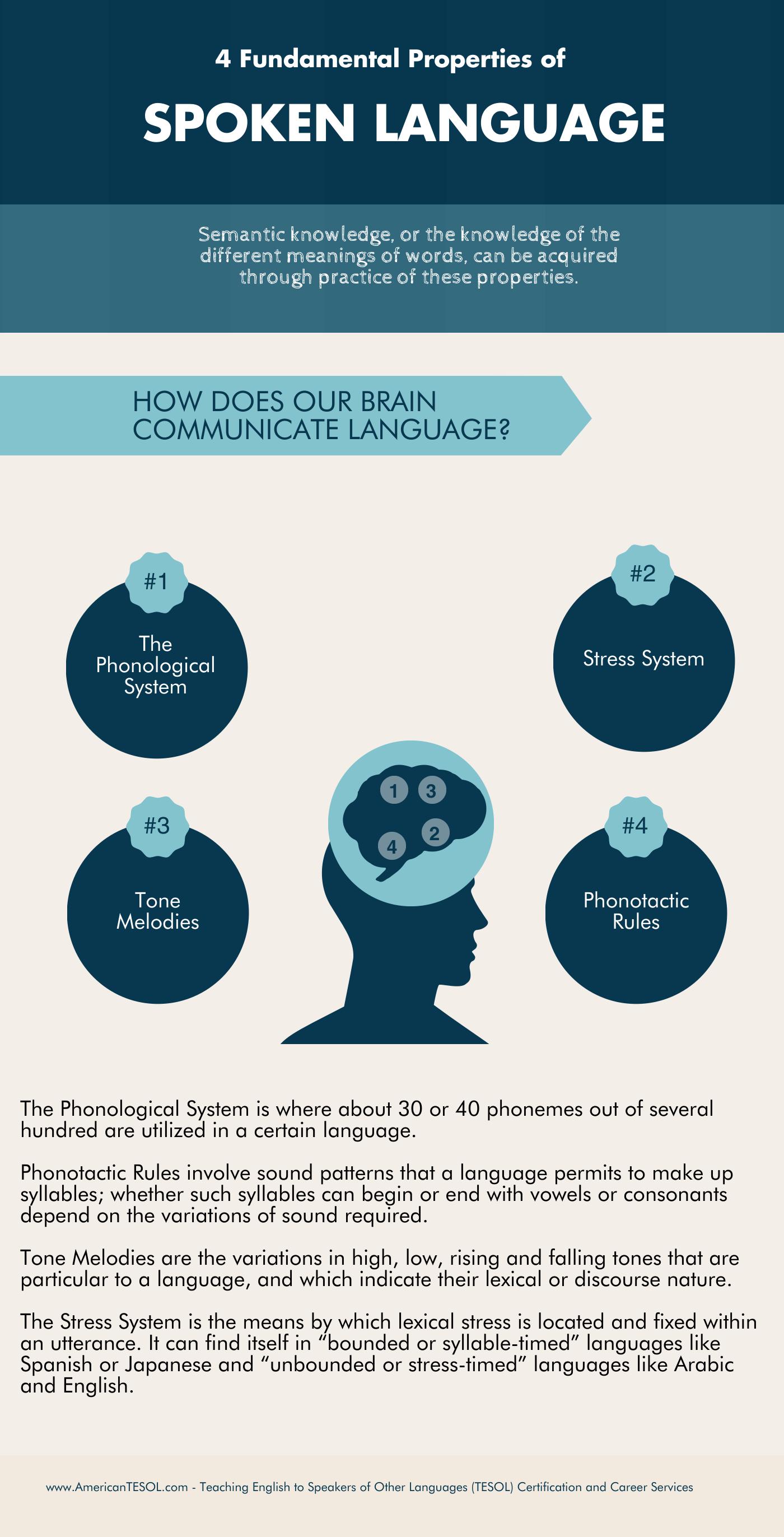Unraveling The Linguistic Tapestry: A Guide To "What Language Is Spoken In"
What Language Is Spoken In acts as a noun phrase depicting the act of discovering the spoken language prevalent within a particular region or context. Imagine discovering the communicative medium employed by citizens of a nation while planning international business ventures.
Comprehending the linguistic landscape is paramount for effective communication, fostering cultural exchange, and ensuring seamless interactions. Historically, globalization has amplified the need for cross-cultural understanding, driving the importance of language identification in contemporary society.
This article delves into various countries and their corresponding spoken languages, providing an insightful exploration for travelers, language enthusiasts, and individuals seeking to broaden their global perspectives.
What Language Is Spoken In
Identifying the language spoken in a particular region is crucial for communication, cultural understanding, and global engagement. Various factors influence the linguistic landscape, including historical events, geographic location, and societal interactions.
- Official Language: The language designated for official purposes by a government or organization.
- Native Language: The primary language spoken by a population within a specific territory.
- Regional Language: A language prevalent in a particular geographic region of a country.
- Minority Language: A language spoken by a smaller group within a larger population.
- Trade Language: A language used for commercial transactions and communication.
- Lingua Franca: A language adopted for communication among people with different native languages.
- Endangered Language: A language facing a risk of extinction due to a decline in speakers.
- Extinct Language: A language that is no longer spoken by any living individuals.
- Language Family: A group of languages sharing a common ancestral origin.
Understanding these aspects provides insights into the linguistic diversity of our world, the historical evolution of languages, and the role they play in shaping cultural identities and communication patterns.
Official Language
When examining "What Language Is Spoken In," understanding the concept of "Official Language" is essential. It refers to the language designated by a government or organization for official communication, documentation, and legal purposes. This designation plays a significant role in shaping linguistic landscapes, fostering national identity, and facilitating effective governance.
- Link Za Magroup Ya Whatsapp Tanzania 2024
- Adam Brody Height Weight Age Spouse Family Facts
- Miguel Alberto Martin Obituary
- Legal Framework: Official languages are often enshrined in a country's constitution or legal code, providing a solid foundation for their use in official capacities.
- National Identity: The choice of an official language can be a powerful symbol of national unity and cultural heritage, fostering a sense of belonging among citizens.
- Education and Literacy: Official languages often become the medium of instruction in schools, shaping educational opportunities and literacy rates within a population.
- International Relations: In multilingual countries, the designation of official languages can influence diplomatic interactions and international collaborations.
The establishment of official languages is a complex process influenced by historical, political, and social factors. By examining these facets, we gain a deeper understanding of the role languages play in shaping societies and facilitating communication across diverse populations.
Native Language
The concept of "Native Language" is inextricably linked to the question "What Language Is Spoken In" as it represents the primary language spoken by the indigenous population of a particular region. Understanding the native language of a territory provides insights into the cultural, historical, and linguistic dynamics of the area.
The native language often serves as the foundation upon which a region's linguistic landscape is built. It shapes the languages spoken by subsequent populations, influences the development of regional dialects, and contributes to the cultural identity of the community. Moreover, native languages hold significant cultural and historical value, preserving traditions, storytelling, and indigenous knowledge systems.
Identifying the native language of a territory is crucial for effective communication, fostering cultural understanding, and implementing targeted policies. By comprehending the native language, governments can tailor educational programs, healthcare services, and community outreach initiatives to meet the specific needs of the population.
In conclusion, the native language plays a pivotal role in shaping the linguistic landscape and cultural identity of a region. Understanding the concept of native language is fundamental to addressing "What Language Is Spoken In" effectively, promoting inclusivity, preserving cultural heritage, and facilitating meaningful communication.
Regional Language
In exploring the question "What Language Is Spoken In," understanding the concept of "Regional Language" is crucial. Regional languages refer to languages prevalent within specific geographic regions of a country, distinct from the official or national language. Their existence and usage significantly impact linguistic landscapes and cultural diversity.
Regional languages often emerge due to geographic isolation, historical migrations, and cultural influences. Over time, they develop unique vocabularies, grammatical structures, and pronunciations, contributing to the linguistic richness of a country. These languages play a vital role in preserving local traditions, storytelling, and cultural practices.
Real-life examples abound. In India, for instance, over 22 regional languages are recognized, each spoken by millions of people in specific states or regions. Similarly, in Spain, regional languages like Catalan, Basque, and Galician are widely used alongside the official Spanish language.
Understanding regional languages is essential for effective communication, cultural exchange, and policy implementation. By acknowledging and supporting regional languages, governments can foster inclusivity, promote cultural diversity, and ensure that all citizens have access to essential services in their native tongue.
Minority Language
In examining the question "What Language Is Spoken In," understanding the concept of "Minority Language" is crucial. Minority languages refer to languages used by smaller groups within larger populations, distinct from the dominant or official languages. Their presence and usage significantly impact linguistic landscapes and cultural diversity.
- Recognition and Protection: Minority languages often face challenges in gaining recognition and protection, leading to their potential endangerment or loss.
- Cultural Heritage: Minority languages embody unique cultural traditions, storytelling, and knowledge systems, contributing to the richness and diversity of human heritage.
- Identity and Belonging: For minority communities, their language serves as a vital marker of identity and belonging, fostering a sense of community and cultural continuity.
Recognizing and supporting minority languages is essential for preserving cultural diversity, promoting inclusivity, and ensuring that all individuals have access to education, healthcare, and other essential services in their native tongue. By understanding the dynamics and challenges surrounding minority languages, we can work towards fostering linguistic equality and empowering speakers of these valuable languages.
Trade Language
In exploring "What Language Is Spoken In," examining "Trade Language" is crucial. It refers to a language employed primarily for commercial transactions and communication, facilitating business activities across linguistic and cultural boundaries.
- Simplified Vocabulary: Trade languages often have simplified vocabularies and grammars, focusing on essential terms and concepts relevant to trade.
- Regional Influence: Trade languages can be influenced by the languages spoken in the regions where trade is conducted, incorporating local terms and expressions.
- Pidgin and Creole Languages: Some trade languages evolve into pidgin or creole languages, which are simplified versions of a language used for communication between people with different native languages.
- Historical Significance: Trade languages have played a significant role in history, facilitating commerce and cultural exchange along trade routes such as the Silk Road.
Understanding trade languages is essential for comprehending the linguistic landscape of commercial interactions. They enable effective communication, foster cross-cultural understanding, and contribute to the economic development of regions.
Lingua Franca
In examining "What Language Is Spoken In," understanding "Lingua Franca" is crucial. It refers to a language adopted for communication among people with different native languages, playing a pivotal role in facilitating interactions and bridging linguistic gaps.
The emergence of a lingua franca is often driven by trade, travel, and political or economic dominance. It becomes a common language for communication in diverse settings, such as international organizations, business negotiations, and academic conferences. Historically, languages like Latin, French, and English have served as lingua francas, enabling communication across cultures and regions.
In today's globalized world, English has become the dominant lingua franca, widely used in international communication, media, and diplomacy. However, other regional lingua francas exist, such as Spanish in Latin America, Arabic in the Middle East, and Mandarin in East Asia. Understanding the lingua franca of a particular region is essential for effective communication and cultural exchange.
The relationship between "Lingua Franca" and "What Language Is Spoken In" is dynamic. Lingua francas can influence the linguistic landscape of regions, shaping the languages spoken and the way people communicate. Conversely, the local languages spoken in a region can also influence the development of the lingua franca, incorporating local terms, expressions, and cultural nuances.
Endangered Language
The question "What Language Is Spoken In" takes on a critical dimension when considering "Endangered Language: A language facing a risk of extinction due to a decline in speakers." Endangered languages are an integral component of the linguistic landscape, and their preservation is essential for safeguarding cultural diversity and heritage.
The decline of a language is often caused by factors such as globalization, urbanization, and the dominance of a few major languages. When a language is no longer spoken by a significant number of people, it enters a state of endangerment, putting its very existence at risk. Real-life examples abound, from the indigenous languages of the Americas to the minority languages of Europe. Understanding the status of endangered languages within a region is crucial for implementing revitalization efforts and preserving cultural heritage.
The practical significance of understanding endangered languages lies in the insights it provides for language planning and policy. By identifying endangered languages, linguists and policymakers can develop strategies to support their revitalization and promote their use in education, media, and community activities. This understanding also enables communities to take ownership of their linguistic heritage and work towards its preservation. Furthermore, it raises awareness about the importance of linguistic diversity and the need to protect endangered languages as valuable cultural assets.
Extinct Language
Within the broad spectrum of "What Language Is Spoken In," understanding the concept of "Extinct Language: A language that is no longer spoken by any living individuals" holds immense significance. Extinct languages offer a glimpse into the linguistic diversity that once existed, providing valuable insights into historical communication patterns, cultural practices, and societal changes.
- Lost Heritage: Extinct languages represent a loss of cultural heritage, as they carry unique perspectives, stories, and traditions that may be irretrievably lost.
- Linguistic Diversity: The extinction of languages contributes to a decline in linguistic diversity, diminishing the richness and complexity of human communication.
- Historical Significance: Extinct languages can provide valuable clues about past civilizations, their interactions, and the evolution of languages over time.
- Endangered Languages: Understanding extinct languages can inform efforts to preserve endangered languages, preventing them from falling into oblivion.
By examining extinct languages in relation to "What Language Is Spoken In," we gain a deeper appreciation for the fragility and dynamism of languages. These insights underscore the importance of language documentation, revitalization efforts, and the preservation of linguistic diversity as a vital aspect of cultural heritage and human history.
Language Family
In exploring "What Language Is Spoken In," examining the concept of "Language Family" is crucial. A language family refers to a group of languages that share a common ancestral origin, exhibiting similarities in grammar, vocabulary, and phonology. Understanding language families provides valuable insights into the historical evolution and geographic distribution of languages.
Language families play a critical role in determining "What Language Is Spoken In" in specific regions. For instance, the Indo-European language family includes a vast array of languages spoken across Europe, South Asia, and parts of the Americas. This shared ancestry explains the similarities between languages like English, Spanish, Hindi, and Russian. Similarly, the Bantu languages of Africa, belonging to the Niger-Congo language family, are spoken by millions of people across sub-Saharan Africa.
Understanding language families has practical applications in various fields. In linguistics, it aids in tracing the historical relationships between languages and reconstructing their ancestral forms. In language learning, it can facilitate the acquisition of new languages within the same family due to shared features and cognates. Additionally, it has implications for language policy and education, as it can inform decisions about language standardization, curriculum development, and language revitalization efforts.
In summary, understanding language families is an integral aspect of "What Language Is Spoken In." It provides insights into the historical evolution of languages, explains similarities and differences between languages, and has practical applications in linguistics, language learning, and language policy. By examining language families, we gain a deeper appreciation for the diversity and interconnectedness of human languages.
In exploring "What Language Is Spoken In," this article has illuminated the multifaceted nature of language and its connection to cultural identity, historical evolution, and societal dynamics. We have examined concepts such as official languages, native languages, regional languages, minority languages, trade languages, lingua francas, endangered languages, extinct languages, and language families.
These concepts are interconnected, shaping the linguistic landscape of our world. Official languages represent the dominant languages used for communication in government, education, and media. Native languages embody the cultural heritage and identity of indigenous populations. Regional languages reflect the linguistic diversity within countries and contribute to a sense of place. Minority languages, despite facing challenges, add richness and diversity to the linguistic tapestry.
"What Language Is Spoken In" is not merely a question of practicality but also a gateway to understanding the cultural and historical forces that have shaped our world. By delving into the complexities of language, we gain a deeper appreciation for the diversity and interconnectedness of human societies. It reminds us that language is not just a means of communication but an integral part of our cultural heritage and identity.- Who Is Andrea Firtel Steven Firtel Wife
- Straight ___ %28not Into Drugs Or Alcohol%29
- Charli Damelio Feet

Most Spoken Languages in the World Infographic Elite Asia Resource

TeachingEnglish 4 Fundamental Properties of Spoken Language

AMICOR Spoken languages in the US